The United States, with its expansive coastlines stretching from the frigid waters of Alaska to the tropical shores of Florida, offers some of the world’s most spectacular seabird viewing opportunities. These remarkable avian species—from majestic albatrosses gliding over open ocean to charismatic puffins nesting on rocky cliffs—captivate wildlife enthusiasts and casual observers alike. Seabirds serve as vital indicators of marine ecosystem health, making their observation not merely a recreational pursuit but also an important window into our changing oceans. Whether you’re an experienced birder with a well-worn field guide or simply someone who appreciates nature’s wonders, the following locations represent America’s premier destinations for encountering these remarkable ocean-going birds in their natural habitats.
Machias Seal Island, Maine
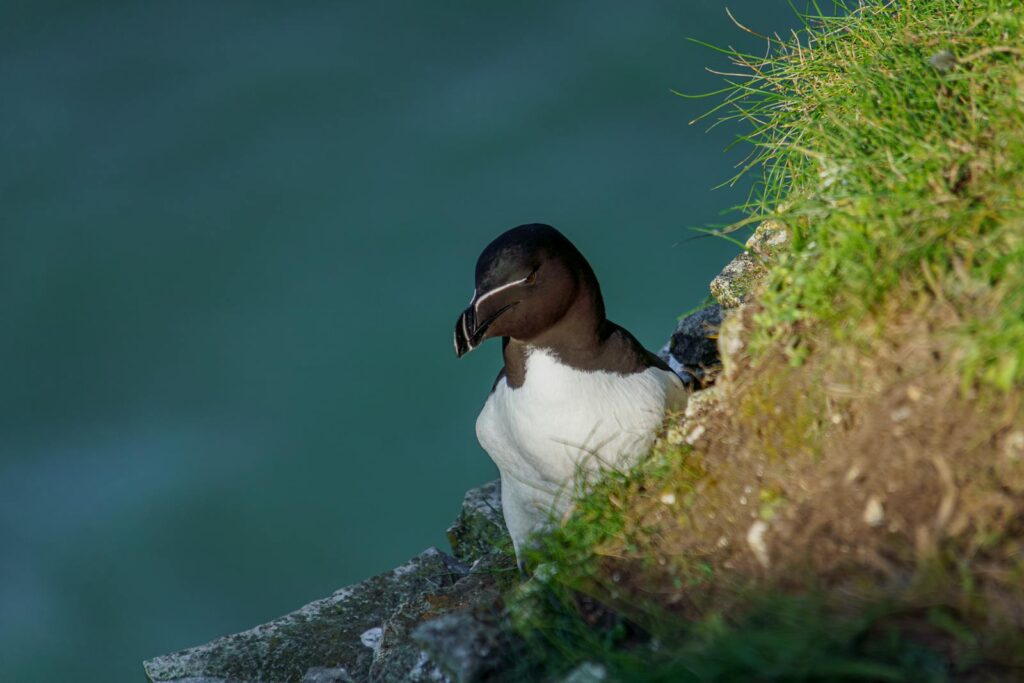
Located at the boundary waters between the U.S. and Canada, Machias Seal Island provides one of the most reliable Atlantic puffin viewing experiences in North America. This remote, rocky outpost hosts the largest puffin colony in the Gulf of Maine, with approximately 5,000-6,000 pairs nesting during the summer months. Visitors can take guided boat tours from Cutler, Maine, between mid-June and early August, when they’re permitted to disembark onto the island and observe these charismatic birds from specially constructed blinds. Beyond puffins, the island supports significant populations of razorbills, common murres, and Arctic terns, making it a veritable seabird paradise. The limited number of daily visitors ensures an intimate wildlife viewing experience while minimizing disturbance to these sensitive breeding colonies.
Monterey Bay, California
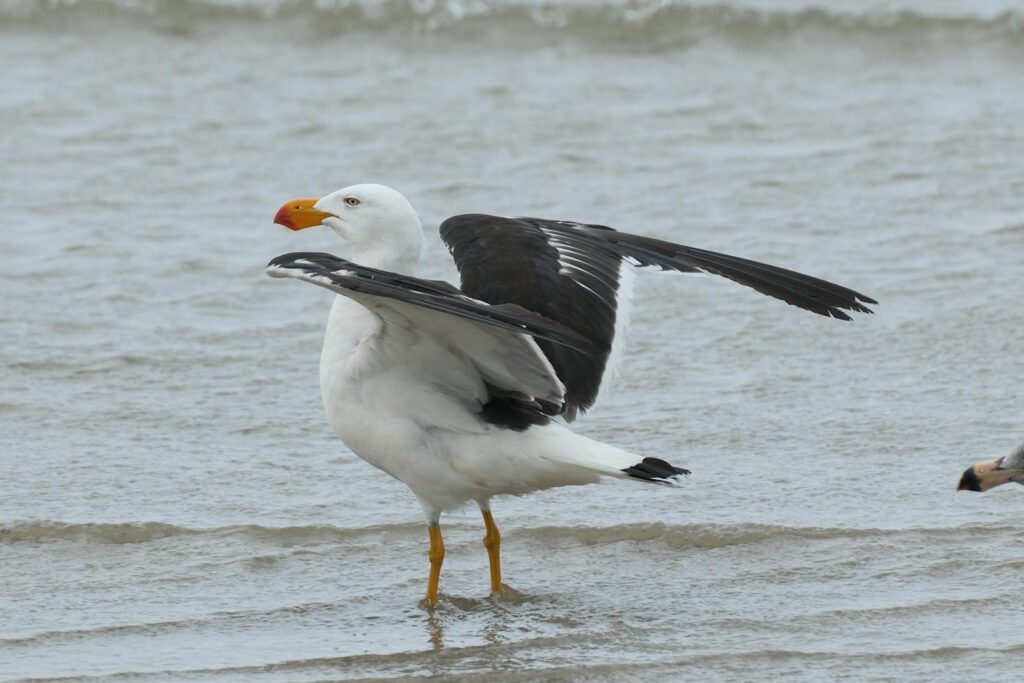
The Monterey Bay National Marine Sanctuary encompasses one of the world’s most productive marine ecosystems, creating ideal conditions for spectacular seabird diversity. The bay’s underwater Monterey Canyon—comparable in size to the Grand Canyon—generates nutrient-rich upwellings that support abundant marine life and attract seabirds from across the Pacific. Whale-watching boats that depart daily from Monterey and Moss Landing provide excellent platforms for viewing albatrosses, shearwaters, storm-petrels, and rare species like tufted puffins. September through November offers particularly rewarding pelagic birding opportunities when migrating species pass through in significant numbers. From shore, Monterey’s coastal parks and Point Pinos provide excellent vantage points for observing sooty shearwaters, which can appear in swarms of hundreds of thousands during peak migration periods.
Midway Atoll, Hawaii
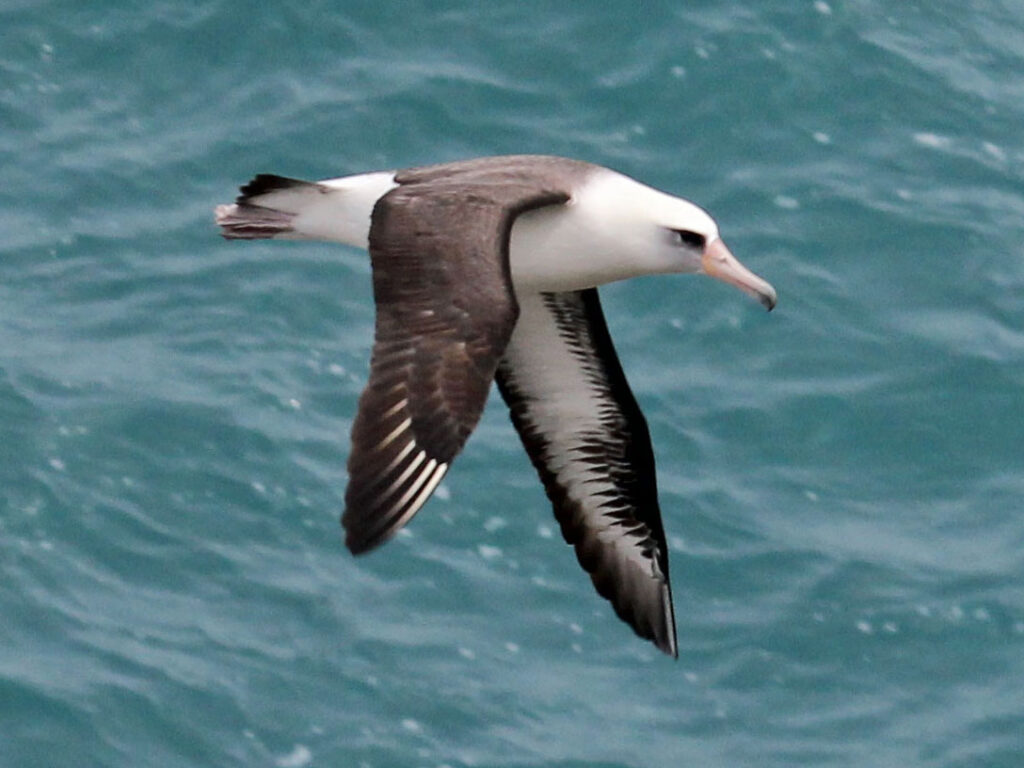
Though access is limited and requires special permits, Midway Atoll in the Hawaiian archipelago offers perhaps the most extraordinary seabird spectacle in U.S. territory. This remote wildlife refuge hosts the world’s largest colony of Laysan albatrosses, with nearly a million birds gathering here to breed. Walking among these magnificent birds with their six-foot wingspans as they perform elaborate courtship dances is an unforgettable experience for those fortunate enough to visit. Beyond albatrosses, Midway provides critical habitat for 20 other seabird species, including endangered short-tailed albatrosses, Bonin petrels, and Christmas shearwaters. The atoll’s protected status as part of the Papahānaumokuākea Marine National Monument ensures these birds breed in relative safety, though plastic pollution remains a significant threat to these ocean wanderers who mistake floating debris for food.
Farallon Islands, California
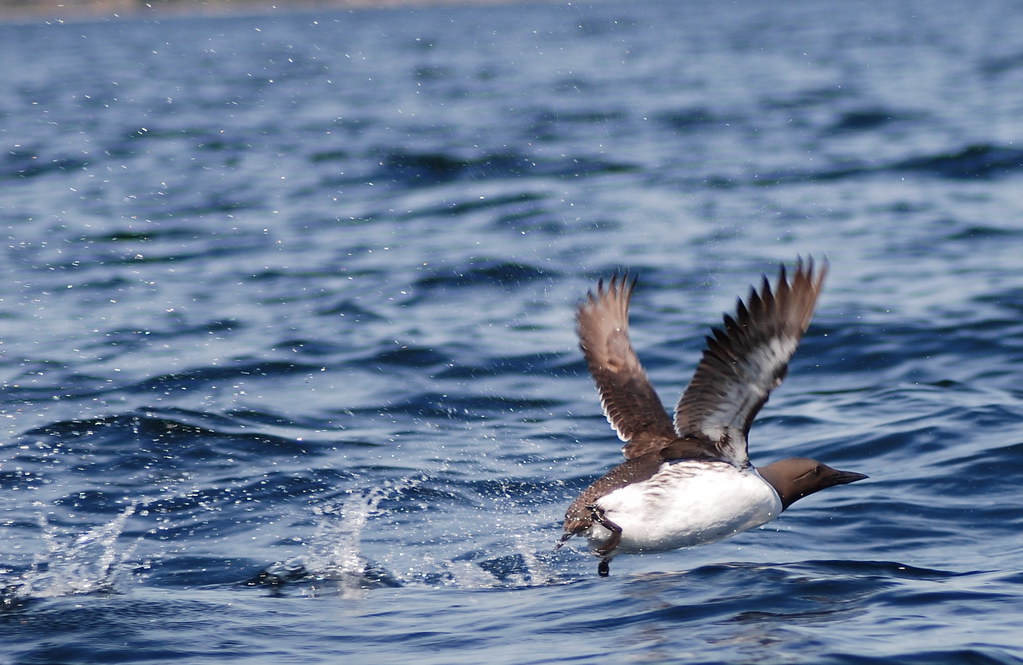
The jagged silhouettes of the Farallon Islands rise dramatically from the Pacific Ocean just 30 miles west of San Francisco, hosting the largest seabird breeding colony in the contiguous United States. These granite outcroppings support hundreds of thousands of breeding seabirds across thirteen species, including common murres, Brandt’s cormorants, western gulls, tufted puffins, and ashy storm-petrels. While landing on the islands is prohibited to protect sensitive wildlife, several companies offer boat excursions circling the islands from spring through fall, providing excellent viewing opportunities without disturbing the colonies. The nutrient-rich waters surrounding the Farallones also attract an abundance of marine mammals, including blue whales and elephant seals, making the trip rewarding for overall marine wildlife observation. Ocean conditions can be challenging, so those prone to seasickness should come prepared for potentially rough waters.
Kenai Fjords National Park, Alaska
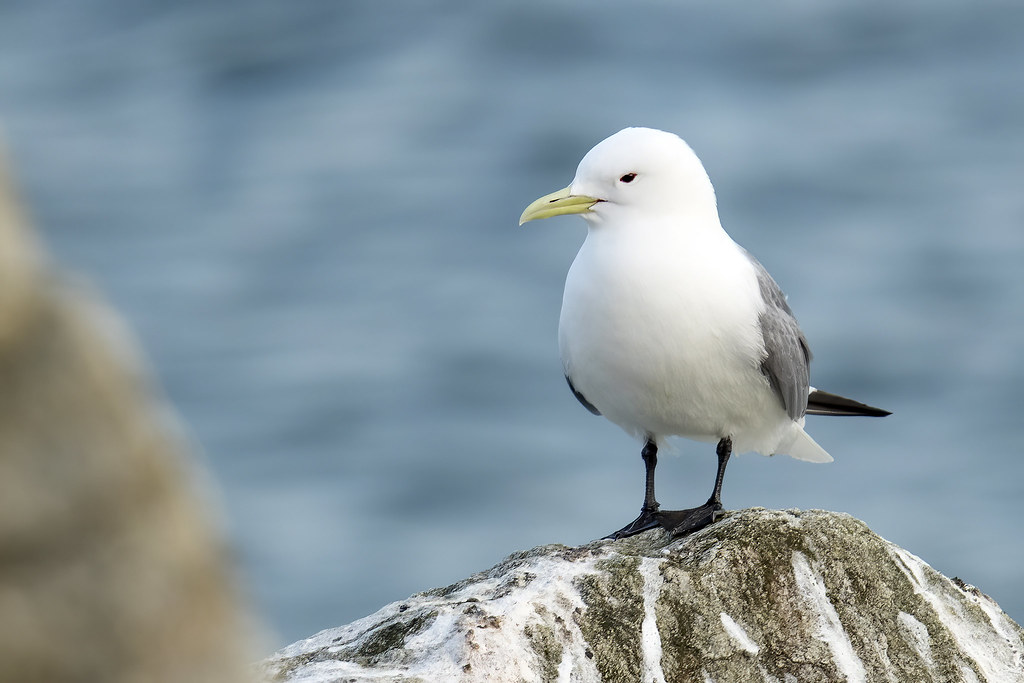
Spanning 669,984 acres along Alaska’s southern coast, Kenai Fjords National Park offers unparalleled opportunities to observe seabirds against a backdrop of glacial landscapes. The park’s massive Harding Icefield feeds numerous tidewater glaciers that carve out deep fjords, creating ideal habitat for countless seabirds. Boat tours departing from Seward navigate these protected waters to view impressive bird colonies nesting on steep cliffs, including horned and tufted puffins, black-legged kittiwakes, and common murres. The nutrient-rich waters support abundant marine life that attracts seabirds year-round, though summer months from May through September offer the most diversity and accessibility. The glacier-carved landscape provides numerous protected coves and rocky outcroppings where birds nest, feed, and raise their young, making this one of North America’s premier seabird viewing destinations.
Cape May, New Jersey
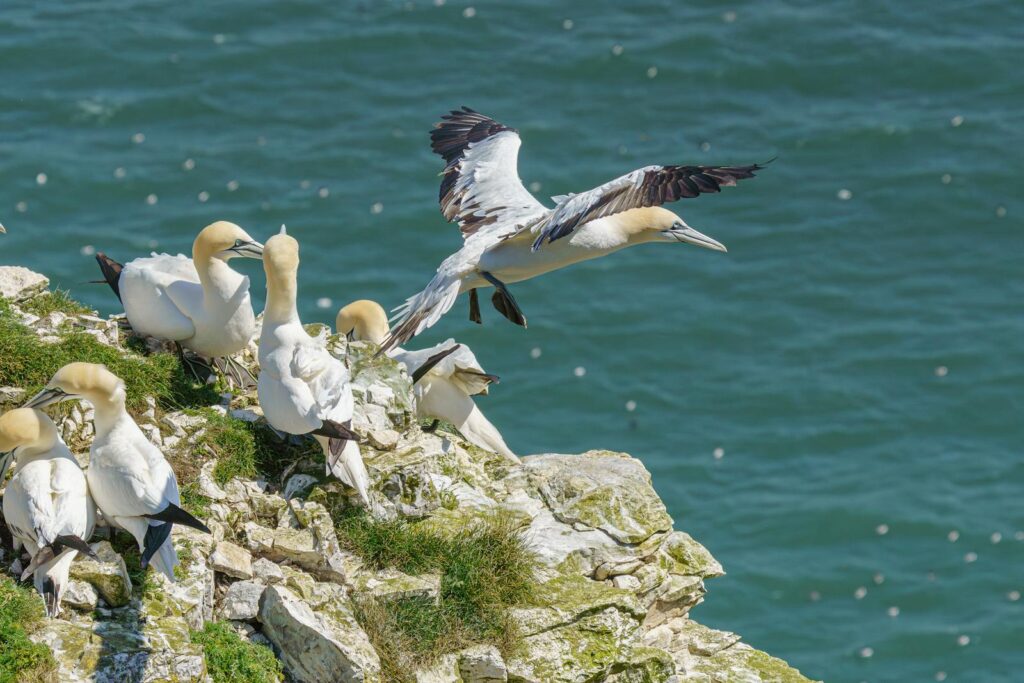
At the southern tip of New Jersey, Cape May has earned international recognition as one of North America’s premier birding destinations, including excellent opportunities for seabird observation. During fall migration, the cape’s strategic location creates a funnel effect that concentrates bird movements, including numerous seabird species following the Atlantic coastline. September through November brings spectacular flights of gannets, scoters, loons, and occasionally rare alcids visible from shore at observation points like Cape May Point State Park. Pelagic trips venturing farther offshore offer chances to observe shearwaters, storm-petrels, jaegers, and other species that rarely approach land. The Cape May Bird Observatory provides valuable resources for visitors, including guided walks, identification workshops, and real-time rare bird alerts to maximize seabird viewing opportunities during any season.
Dry Tortugas National Park, Florida
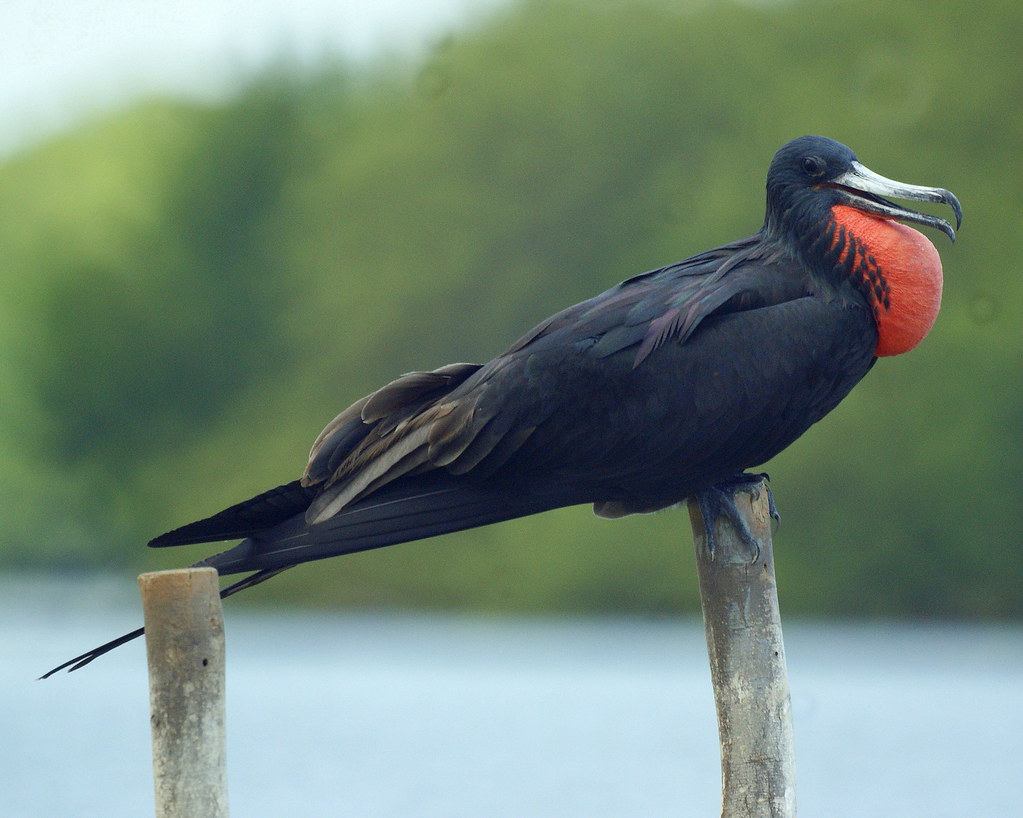
Situated approximately 70 miles west of Key West in the Gulf of Mexico, Dry Tortugas National Park encompasses seven small islands that serve as critical breeding grounds for numerous tropical seabird species. The park’s isolated location, accessible only by boat or seaplane, provides essential protected habitat for the only significant sooty tern colony in the continental United States, with approximately 80,000 pairs nesting annually on Bush Key. Magnificent frigatebirds, brown noddies, masked boobies, and roseate terns also breed here in significant numbers, particularly during the spring and summer months. Visitors can camp on Garden Key near historic Fort Jefferson, allowing for extended bird observation without the constraints of day-trip scheduling. The crystalline waters surrounding the islands also offer exceptional snorkeling opportunities to observe the marine ecosystems that support these seabird populations.
St. Paul Island, Alaska
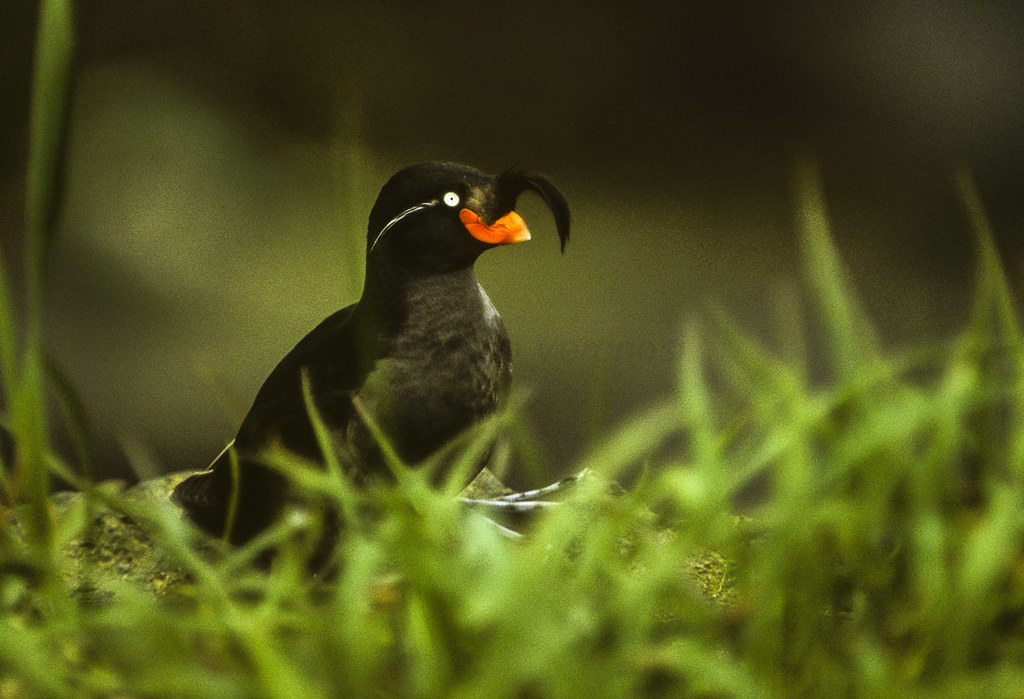
Located in the Bering Sea, St. Paul Island forms part of the Pribilof Islands and offers one of the most remote yet rewarding seabird viewing experiences in North America. The island hosts some of the largest seabird breeding colonies in the Northern Hemisphere, with cliffs and rocky shorelines teeming with an estimated 2.5 million seabirds during the summer breeding season. Visitors can observe rare species difficult to see elsewhere, including red-legged kittiwakes, least and crested auklets, parakeet auklets, and northern fulmars. The island’s native Aleut community operates ecotourism programs that provide expert guides familiar with the best viewing locations while respecting cultural sites and sensitive wildlife areas. Though reaching St. Paul requires commitment—typically involving flights from Anchorage to the island’s small airstrip—serious birders consider it a premier destination for observing Bering Sea specialties in remarkable abundance.
Point Reyes National Seashore, California
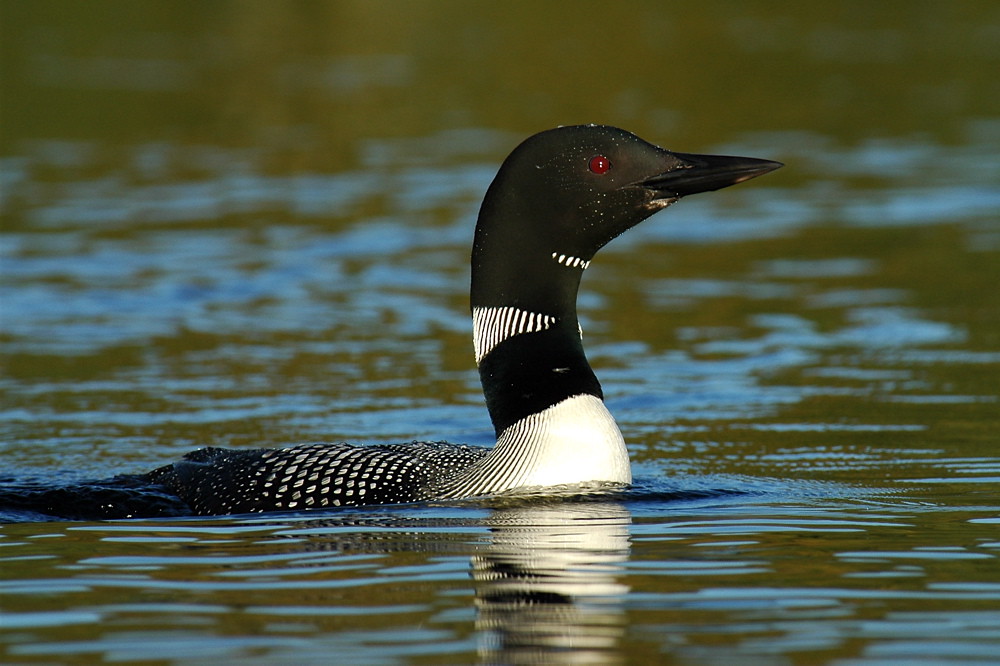
Jutting 10 miles into the Pacific Ocean north of San Francisco, Point Reyes National Seashore provides exceptional seabird viewing opportunities throughout the year. The point’s strategic location along the Pacific Flyway makes it ideal for observing both resident and migratory species from convenient shoreline vantage points. During fall and winter months, the Outer Point area and Drake’s Beach offer excellent locations for observing loons, grebes, scoters, and occasionally rare alcids pushed closer to shore during storms. The Point Reyes Bird Observatory conducts regular seabird monitoring, providing valuable information on current sightings to visitors. Pelagic trips departing from nearby Bodega Bay venture into deeper waters for opportunities to observe albatrosses, shearwaters, and storm-petrels that rarely approach land. The diverse habitats of Point Reyes, from open ocean to protected bays, support a remarkable diversity of bird life throughout the seasons.
Bonaventure Island, Quebec (Honorable International Mention)
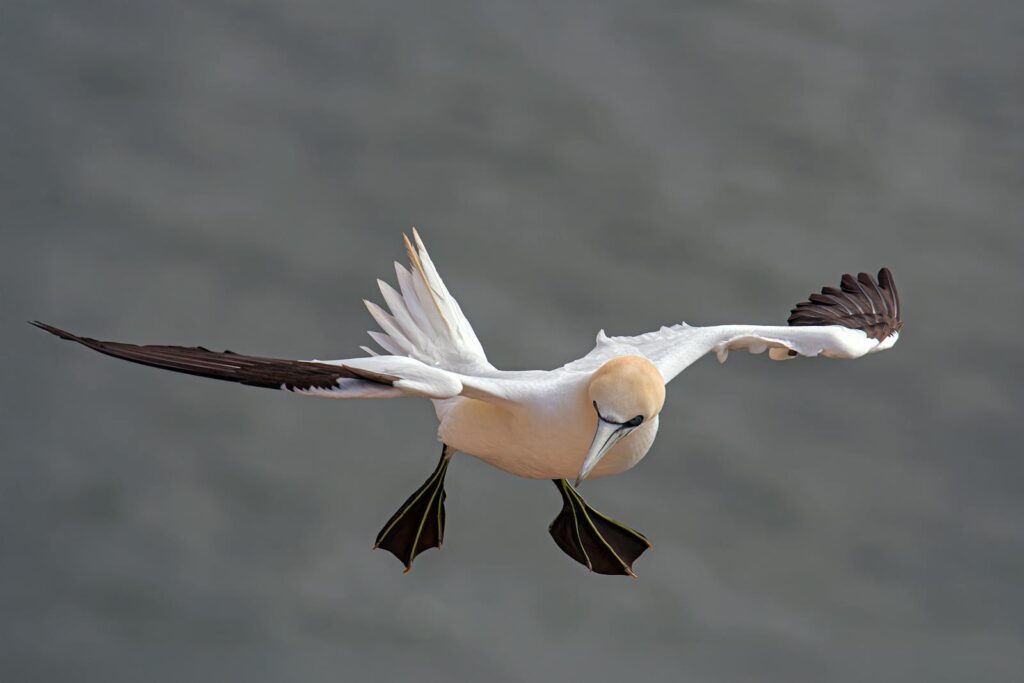
While technically in Canada, Bonaventure Island deserves mention as it sits just off the Gaspé Peninsula near the Maine border and hosts one of the most accessible and spectacular northern gannet colonies in North America. Over 100,000 northern gannets—striking white seabirds with black wingtips and golden heads—gather here during the breeding season, creating a sensory experience of sight, sound, and admittedly, smell. Visitors can take a short boat ride from Percé, Quebec, then hike trails that lead directly to observation areas overlooking the massive colony. The gannets show remarkable tolerance for human observers, allowing for incredibly close views as they perform courtship rituals, tend to nests, and dive dramatically into surrounding waters for fish. Beyond gannets, the island supports significant populations of black-legged kittiwakes, common murres, and razorbills, making it well worth the short journey across the international border for American seabird enthusiasts.
Oregon Islands National Wildlife Refuge, Oregon
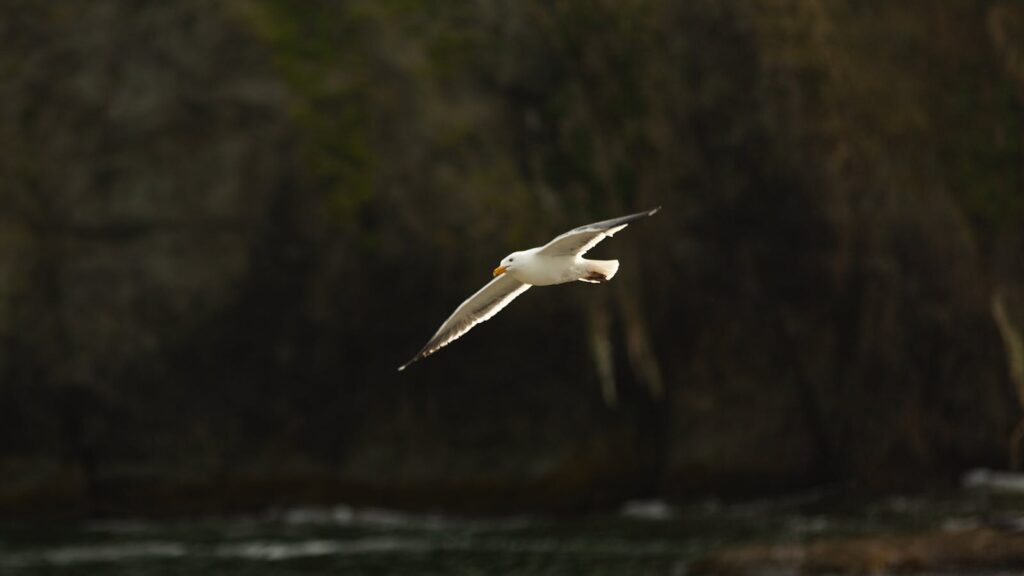
Stretching along 320 miles of the Oregon coast, this unique wildlife refuge encompasses 1,853 offshore rocks, islands, and reefs that provide essential breeding habitat for more than a million seabirds. Thirteen seabird species nest within the refuge, including tufted puffins, common murres, Leach’s storm-petrels, and three species of cormorants. While landing on the islands is prohibited to protect sensitive wildlife, excellent viewing opportunities exist from numerous coastal vantage points, particularly at Yaquina Head Outstanding Natural Area near Newport and Coquille Point in Bandon. The spring and summer months offer the best viewing when birds are actively nesting and feeding young. The Oregon Coast Birding Trail provides a comprehensive guide to observation points along the entire coastline, helping visitors maximize their seabird viewing experiences. The dramatic setting of birds nesting on rocky islands amid crashing Pacific waves creates memorable photographic opportunities.
Seabird Conservation Awareness
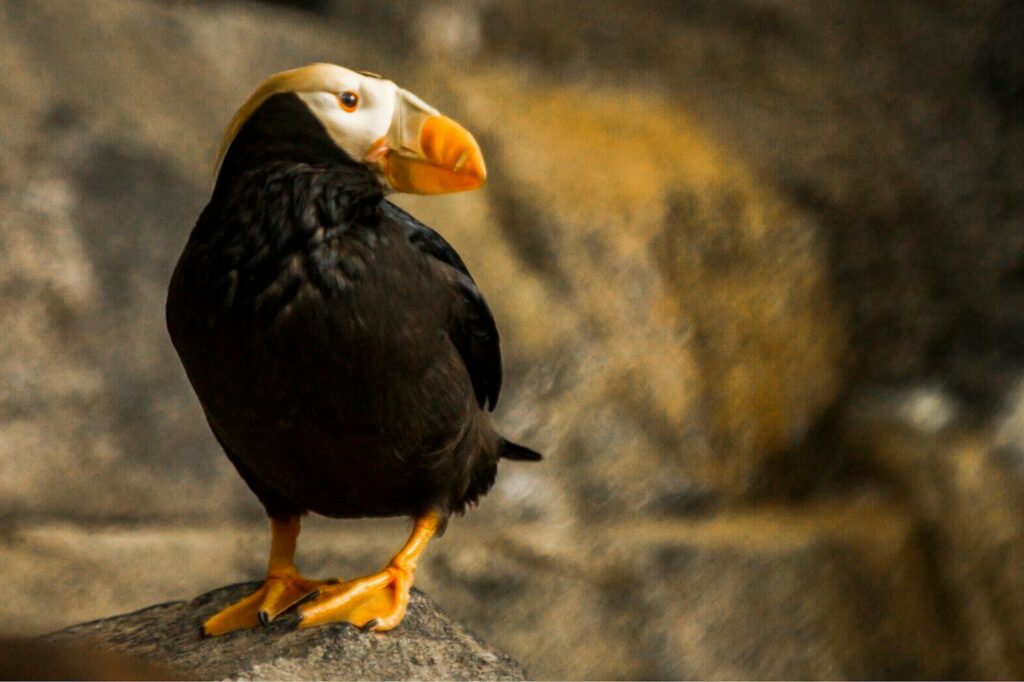
While enjoying these remarkable seabird viewing destinations, visitors should remain mindful of the significant conservation challenges these species face. Seabirds rank among the most threatened groups of birds globally, with nearly half of all species experiencing population declines due to threats including fisheries bycatch, plastic pollution, habitat loss, introduced predators, and climate change impacts. Responsible ecotourism supports conservation by creating economic incentives for protection while raising awareness of these issues. Visitors can contribute to seabird conservation by maintaining appropriate viewing distances, following guide instructions, properly disposing of trash, supporting marine protected areas, and participating in citizen science programs that monitor seabird populations. Organizations like the American Bird Conservancy and Audubon Society offer opportunities to engage more deeply with seabird conservation efforts across North America.
Planning Your Seabird Viewing Experience
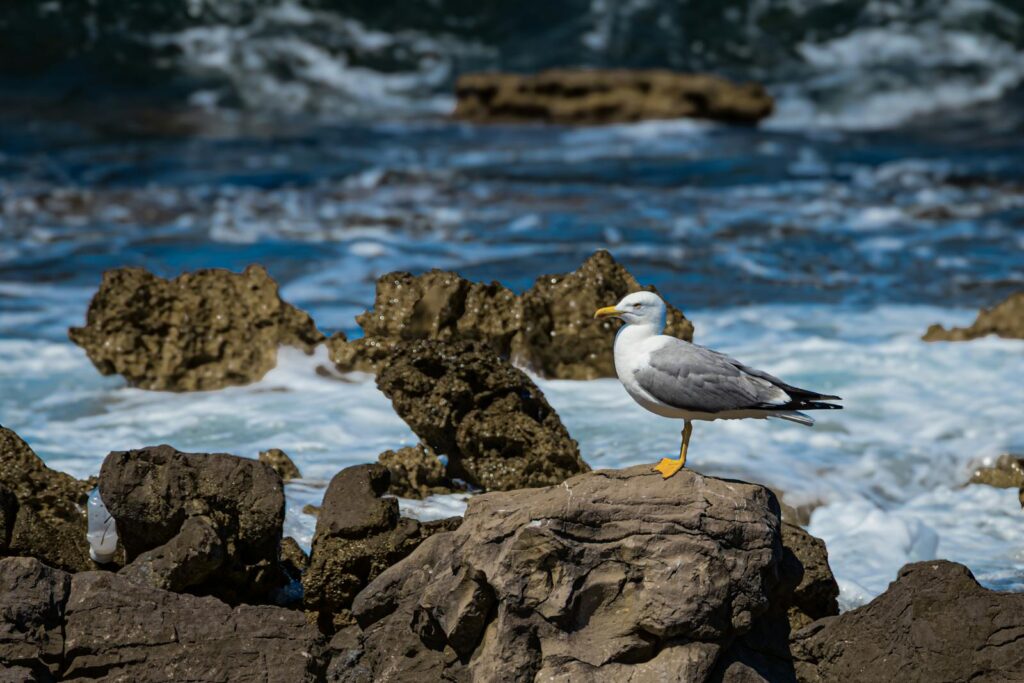
Successfully observing seabirds requires thoughtful preparation beyond that needed for typical bird watching excursions. Ocean conditions can change rapidly, so flexibility with scheduling and appropriate clothing for variable weather conditions are essential. Quality binoculars with good light-gathering capabilities prove invaluable, while stabilized camera equipment helps capture memorable images despite potential boat movement. Many pelagic birding trips and island excursions sell out months in advance during peak seasons, making early reservations advisable for popular destinations. Consulting with local Audubon chapters or specialized birding tour operators can provide valuable insights into seasonal patterns and recent sightings. Maintaining a field notebook to record observations contributes to the personal satisfaction of the experience while potentially providing valuable citizen science data to researchers monitoring these important indicator species.
America’s seabird viewing locations offer windows into one of nature’s most fascinating adaptations—birds that have evolved to thrive where sea meets sky. From Maine’s puffin colonies to Alaska’s teeming seabird cities, these destinations connect visitors with spectacular wildlife spectacles while highlighting the interconnectedness of marine ecosystems. As climate change and other human impacts increasingly affect ocean environments, the opportunity to observe these remarkable birds in their natural habitats becomes both more precious and more important for raising awareness about marine conservation. Whether you’re embarking on a dedicated birding expedition or simply incorporating seabird viewing into broader travel plans, these locations promise unforgettable encounters with some of our planet’s most specialized and remarkable avian species.
